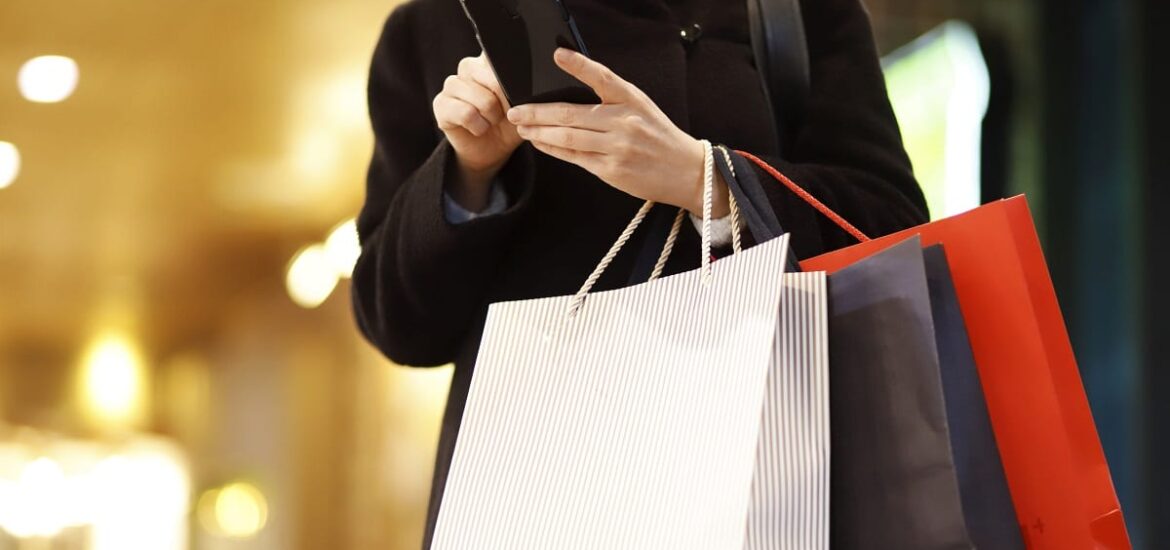As economic uncertainty looms, consumers are shifting towards smaller indulgences labeled as “affordable luxuries.”
Stepping into 2024
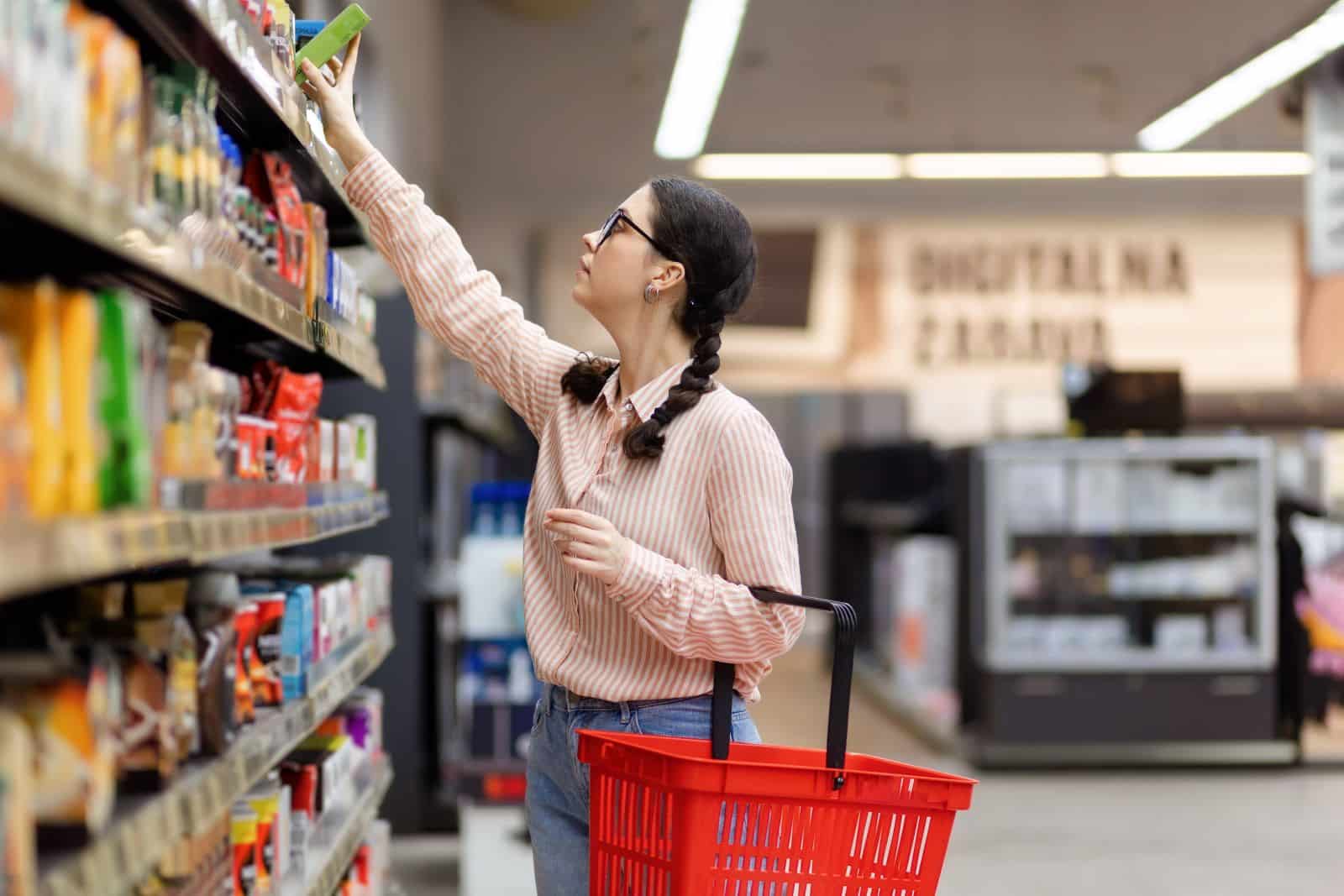
As we step into 2024, consumer behavior is shifting. While 2023 witnessed an unexpected surge in spending that helped prevent an impending recession, experts suggest we might see a dip in spending this year.
“Little Luxuries”

In the midst of economic uncertainties, consumers are redirecting to what are called “little luxuries” – budget-friendly treats that provide a touch of joy without breaking the bank.
The Affordability Factor
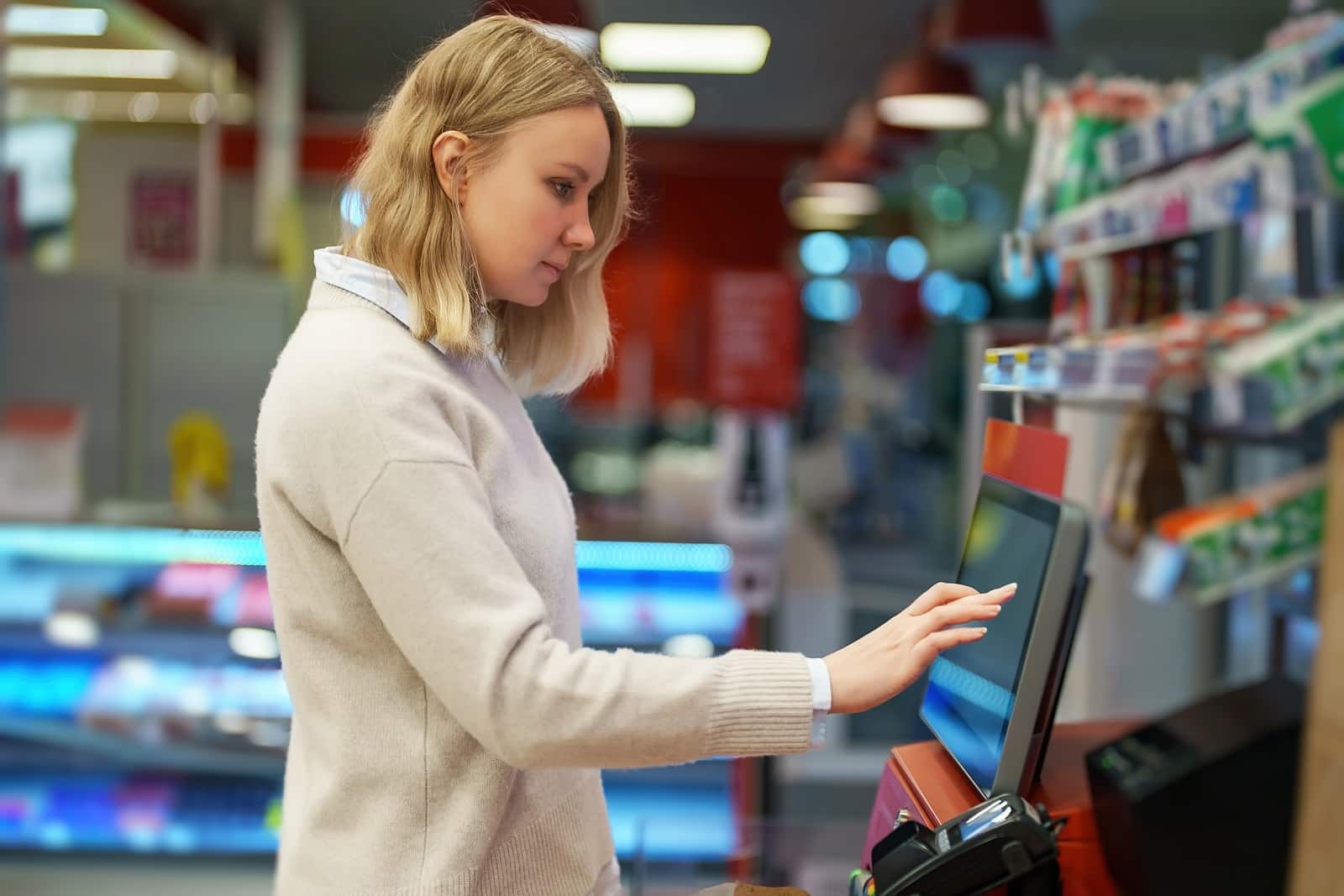
Ethan Chernofsky, Senior Vice President of Marketing at Placer.ai, notes “There are the things we decide are necessary, and then there’s another category of things that aren’t necessary but that we consider affordable luxuries”.
The “Lipstick Index”
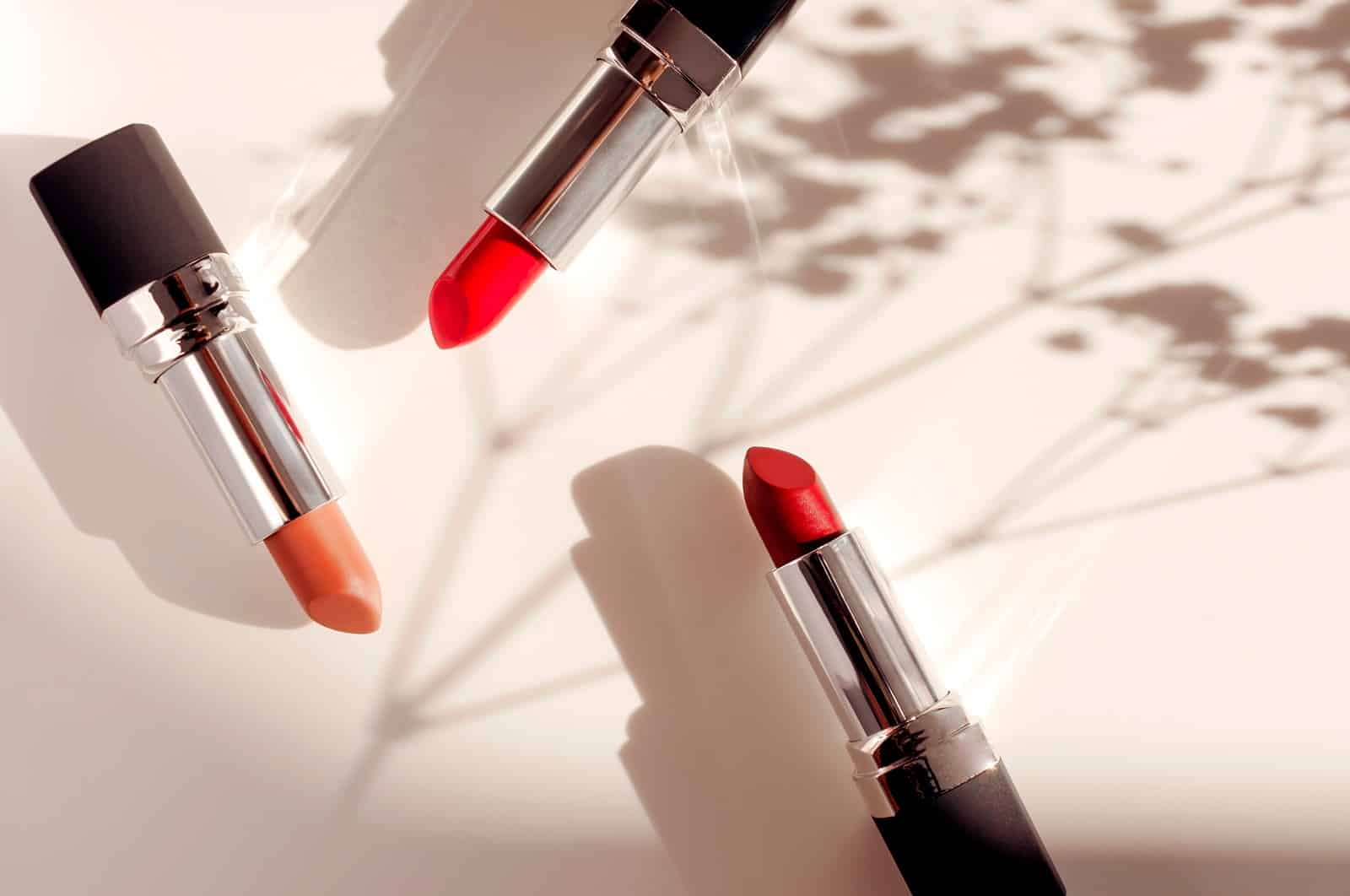
The “lipstick index” is a term coined during the Great Depression in the 1930s, when despite severe economic hardships the sale of small indulgences like cosmetics, particularly lipsticks, saw a surprising increase.
An Evolving Concept
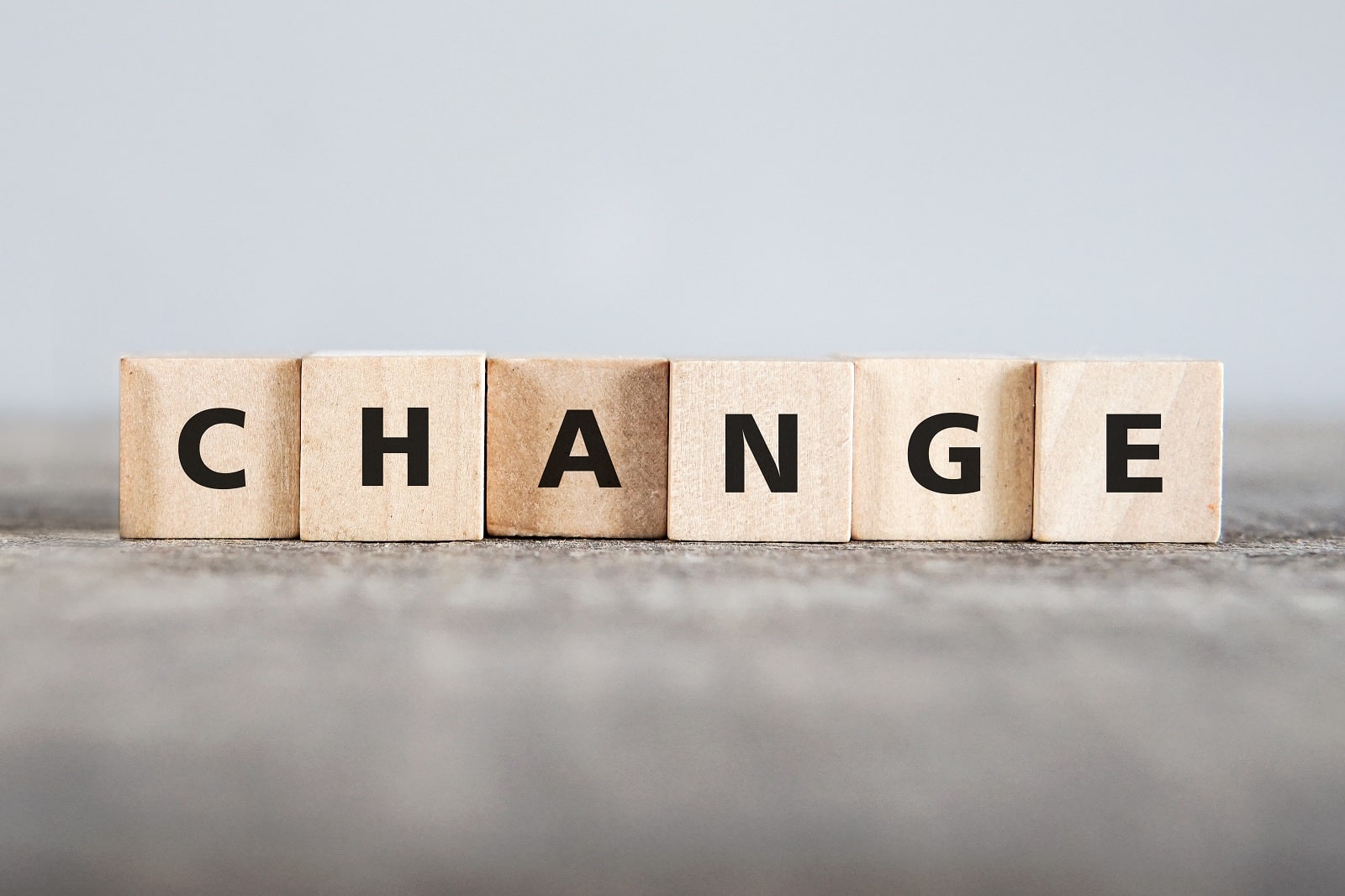
Over the years, the concept has evolved to encompass a broader range of affordable treats beyond cosmetics.
Seeing it in Action
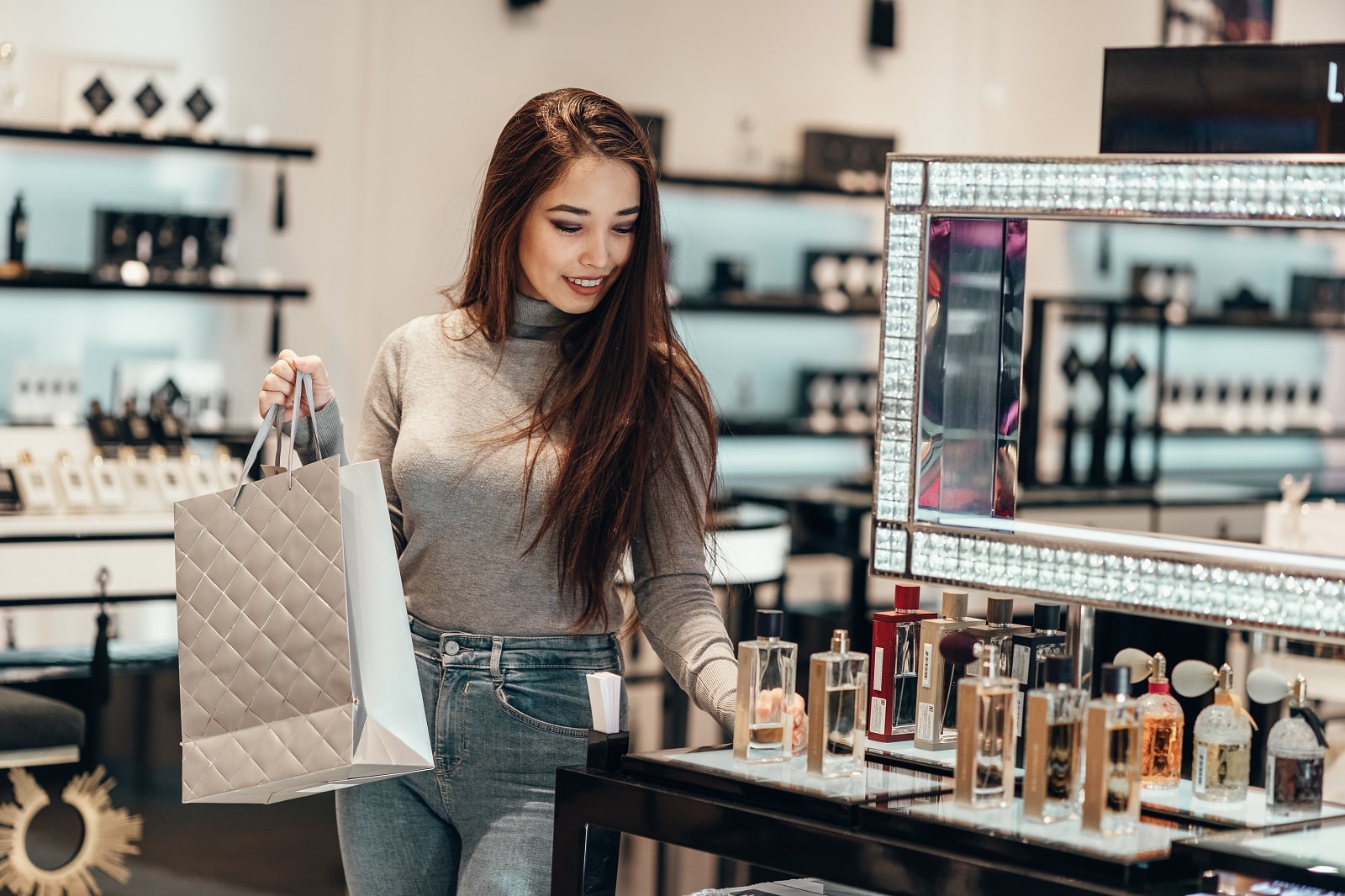
John Mercer, Managing Director of Data-Driven Research at Coresight Research explains, “The ‘lipstick effect’ of spending on small treats during more challenging economic times is real, and we have seen it in action this year”.
More Than Beauty
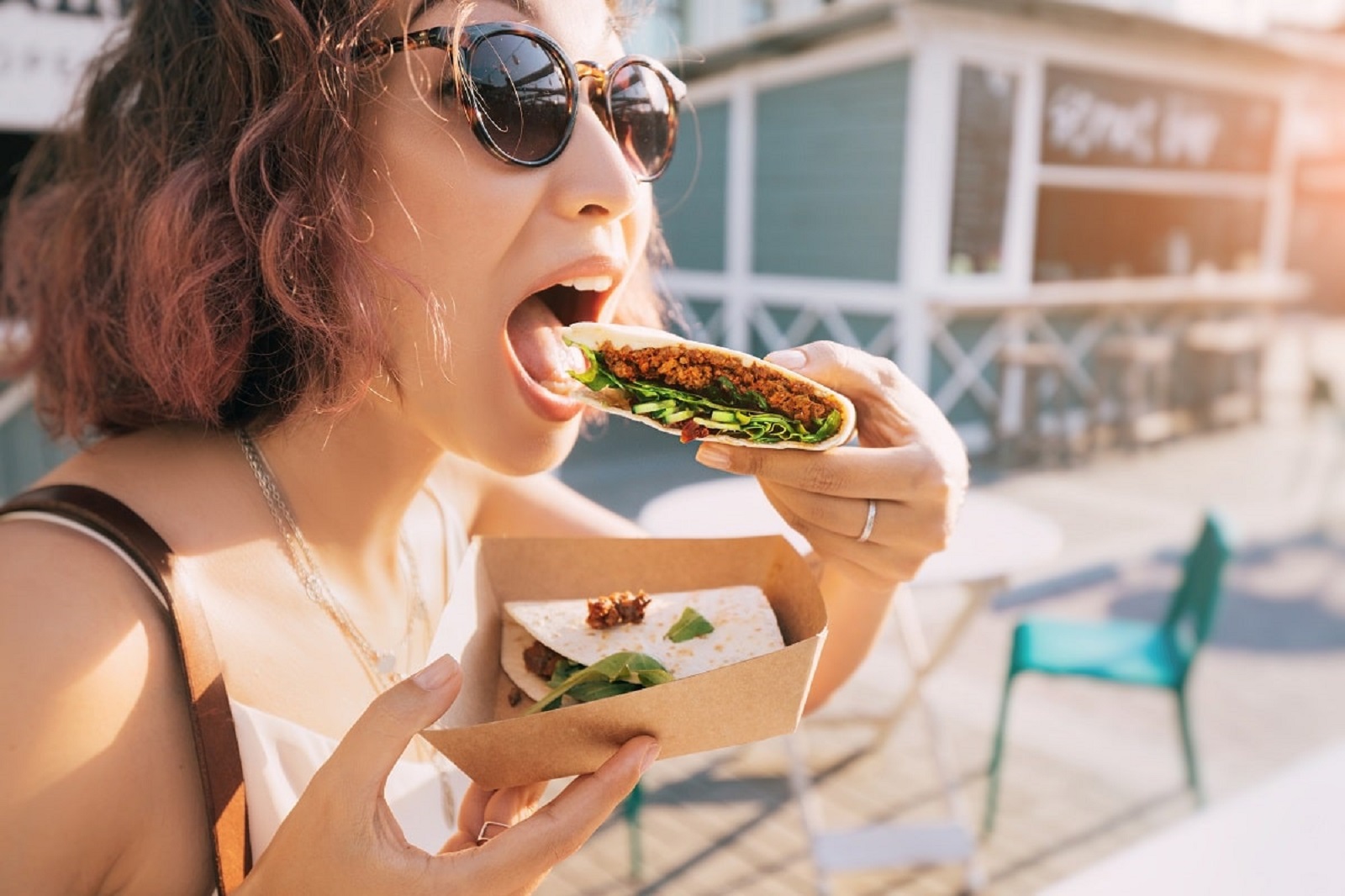
Mercer continued, “Yes, it encompasses more than beauty and includes categories such as treat foods. Nevertheless, in the US, we have seen this trend drive robust growth in the beauty category this year”.
Holiday Stress Leads to Splurging
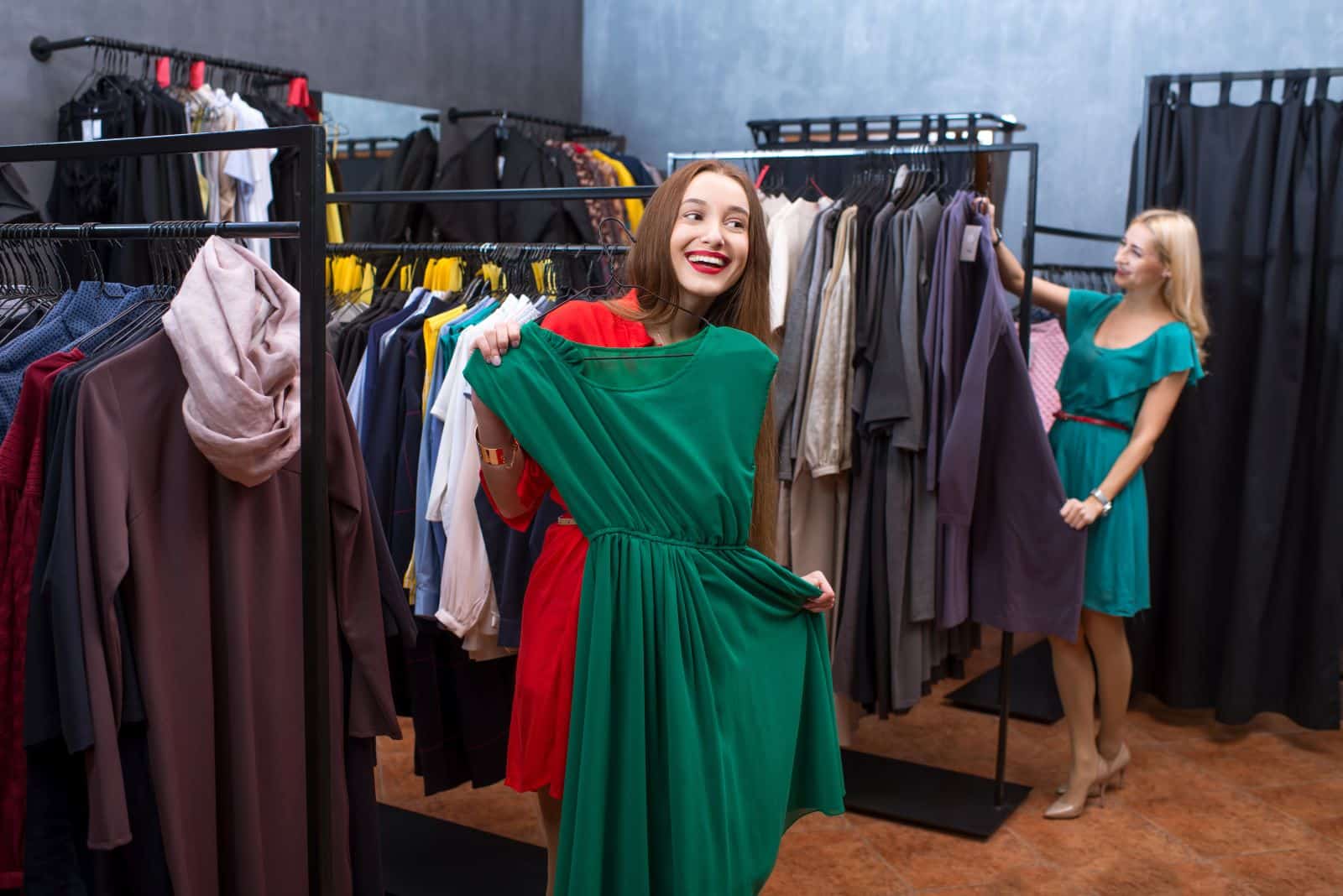
A Carnegie Mellon University professor Beibei Li warns of another shift, “For January and February shopping, people tend to engage in some of this almost self-indulgent shopping after the New Year,” continuing, “People think, ‘Oh, [the] holiday was a little exhausting. I want to treat myself a little better’”.
Shifts in Consumer Preferences

Deloitte analysts agree, and predict that in 2024 consumers will also redirect their spending towards smaller indulgences in the food and beverage sector, like their favorite specialty coffees, snacks, and expensive spirits.
Combating Stress

To combat the chaos and stress of the last few years, individuals are prioritizing wellness and personal care.
“Clean” Products Take Center Stage
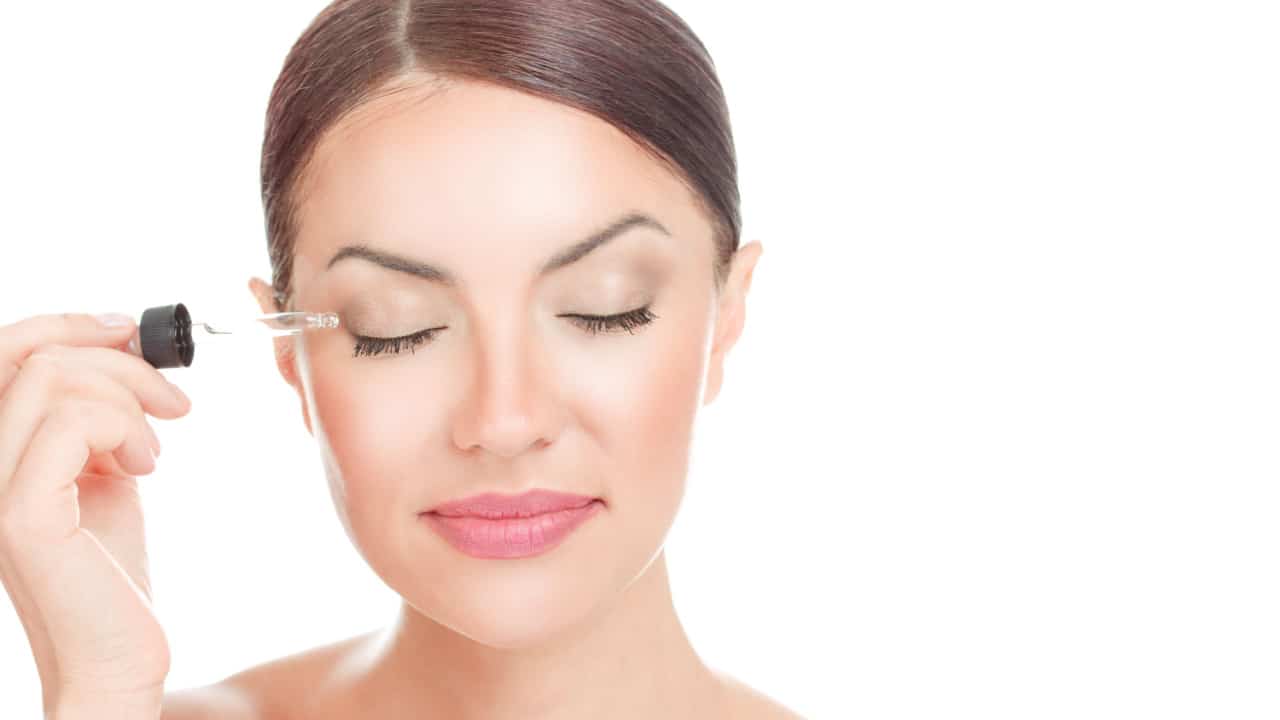
This shift in consumer behavior has led to increased purchases of small, glamourous items and a growing interest in self-care products like anti-ageing serums and “clean” skincare.
Retailer Strategies

Recognizing the shift towards little luxuries, retailers are adjusting their offerings to cater to this growing demand.
Target’s Approach
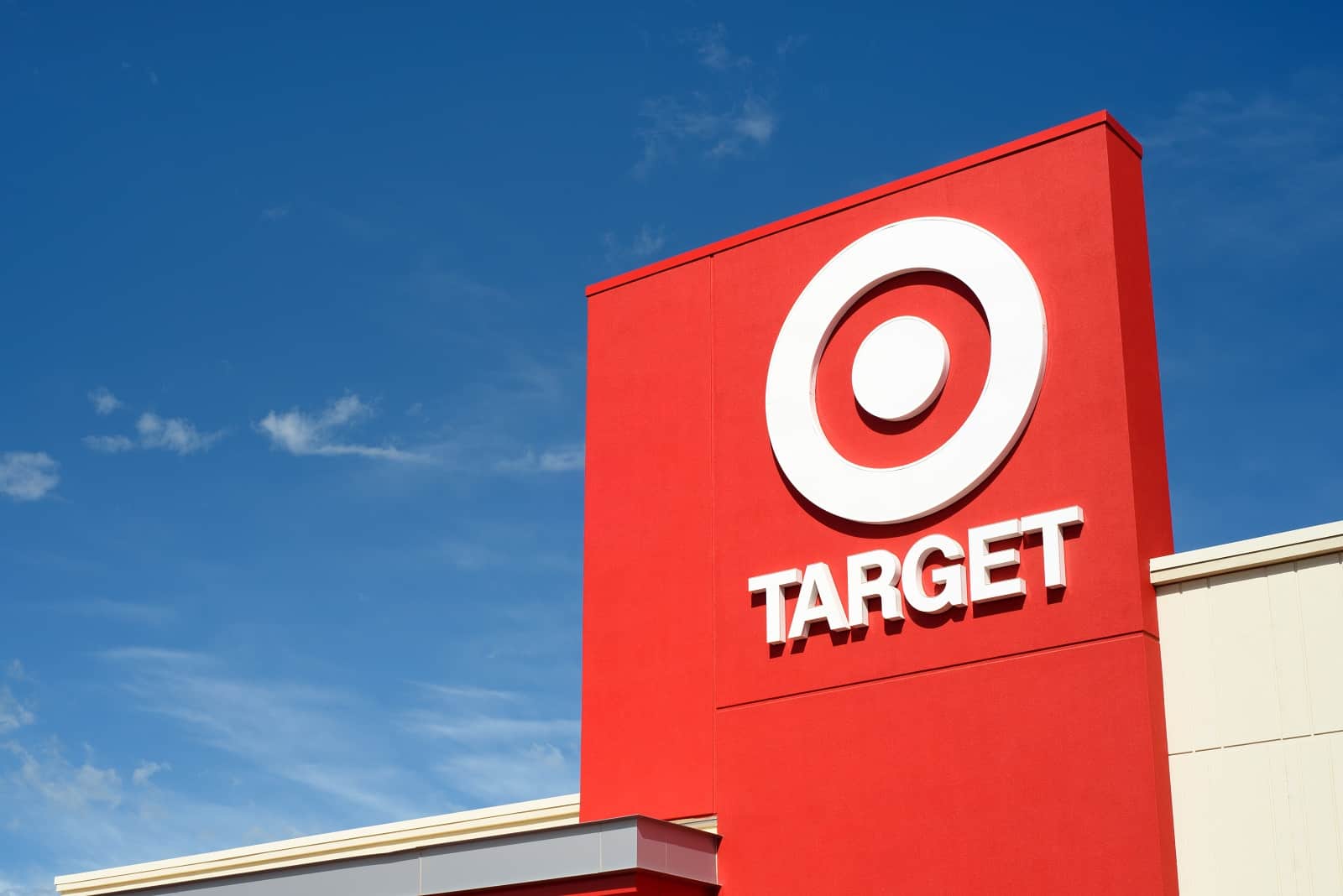
Target has embraced “affordable joy,” curating a selection of self-care and cosmetic products from black- and women-owned businesses. The retail giant is also tapping into wellness-centric beauty products, featuring items from Gwyneth Paltrow’s budget-friendly line, Good Clean Goop.
Macy’s Makes a Move
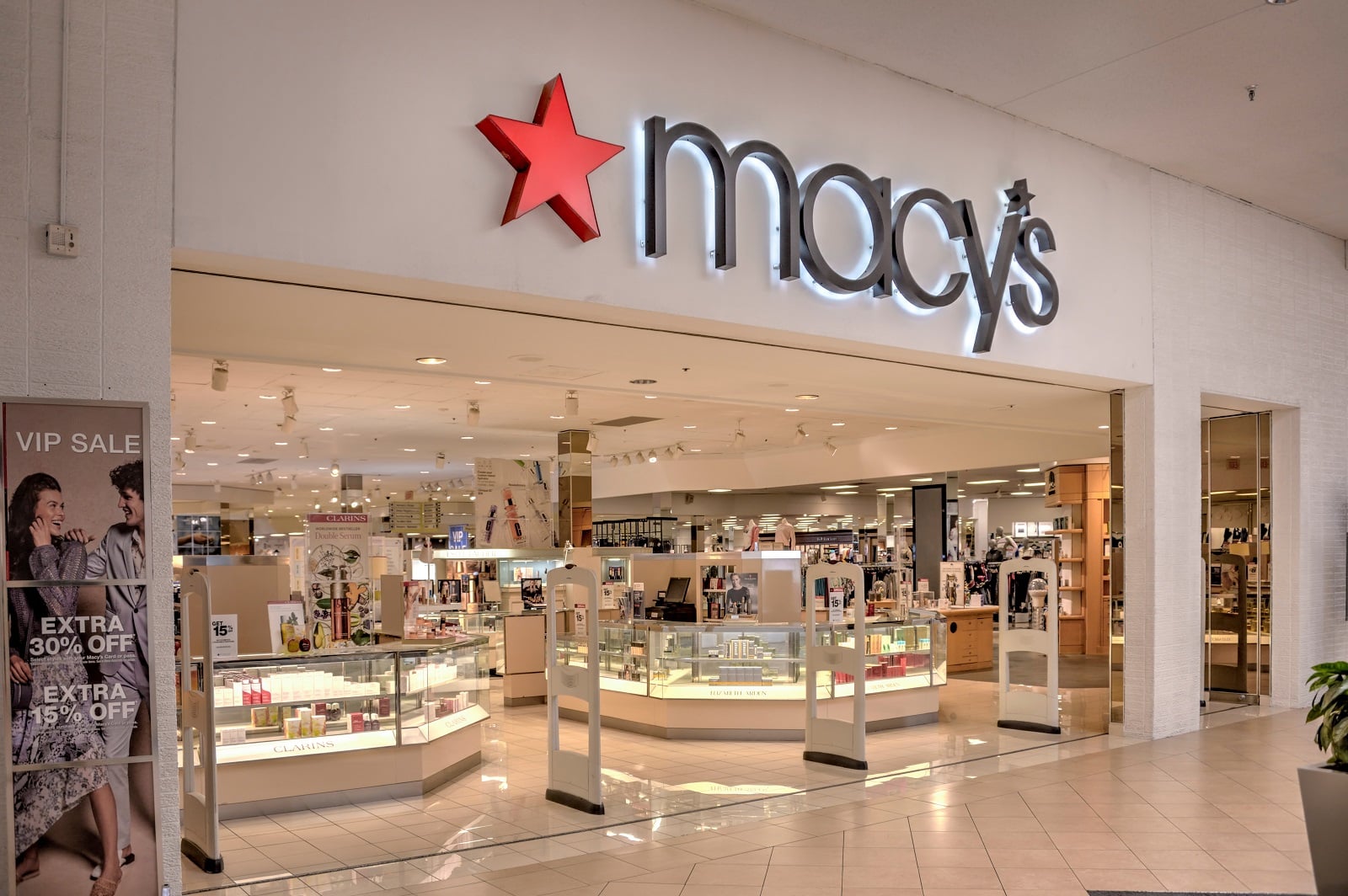
Macy’s, a prominent department store, is adopting a similar approach by emphasizing a mix of high-end and “off-price” luxury items. In their Q3 earnings call, Macy’s discussed their success, including an increased demand for their own makeup brand Blue Mercury.
Diversifying Offerings

Compared to previous years of only offering large seasonal discounts, Macy’s is diversifying its offerings to use a year-round mix of affordable luxury items.
The UK Perspective
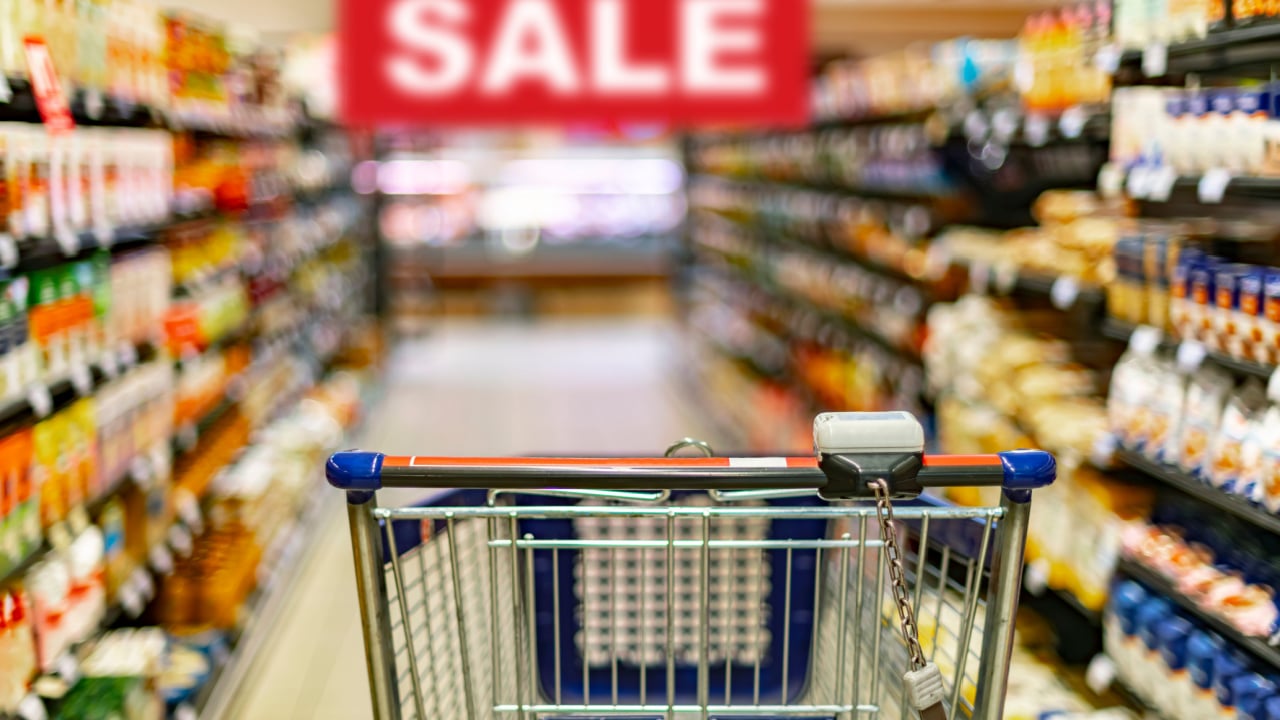
In the UK, as economic uncertainty looms, consumers are anticipated to turn towards general merchandise discount stores, favoring budget-friendly options for discretionary spending.
Data-Driven Research

John Mercer shed light on the UK retail landscape, warning that due to economic uncertainty, UK consumers are expected to turn to general-merchandise discount stores, such as B&M, Home Bargains, Poundland, and others.
Consumer Behavior in the Post-Pandemic Era

The shift to little luxuries reflects the resiliency and optimism of the human condition, allowing ourselves to indulge in small treats and finding joy in the little things regardless of economic fluctuation.
More From Frugal to Free…
U.S. Budget Breakthrough: A Huge Step Forward Amidst Looming Shutdown Threat
Will Easing Inflation in America Continue?
The post Spending Trend: The Lipstick Effect – What Is It and How Is It Helping the Economy? first appeared on From Frugal to Free.
Featured Image Credit: Shutterstock / shin sang eun. The people shown in the images are for illustrative purposes only, not the actual people featured in the story.
The content of this article is for informational purposes only and does not constitute or replace professional financial advice.
